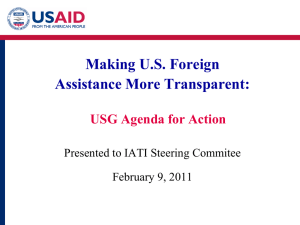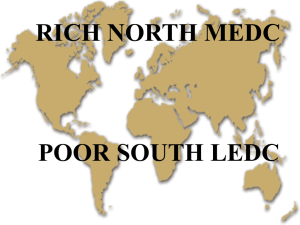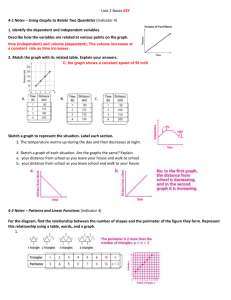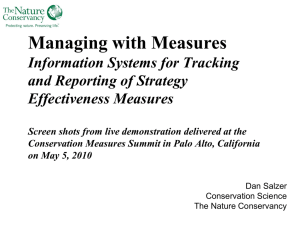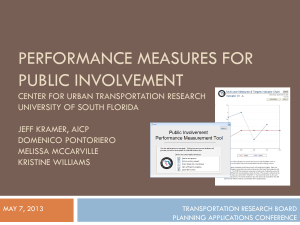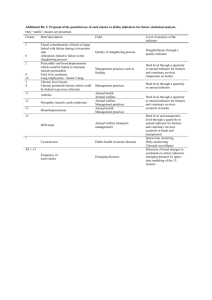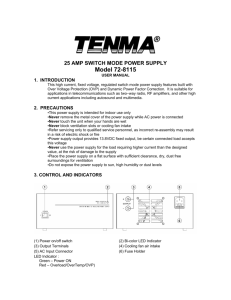Presentation on the Transparency indicator
advertisement
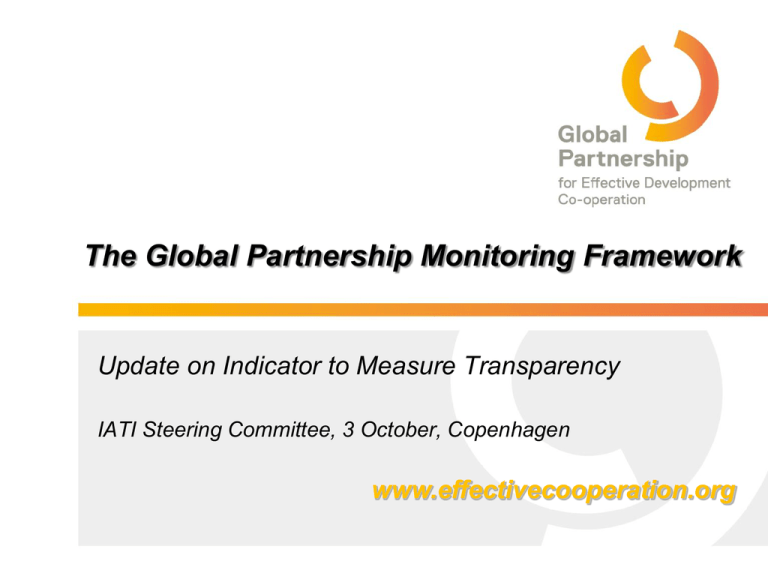
The Global Partnership Monitoring Framework Update on Indicator to Measure Transparency IATI Steering Committee, 3 October, Copenhagen www.effectivecooperation.org Where are we coming from? Busan HLF4 (2011) • “…implement a common, open standard for electronic publication of timely, comprehensive and forward looking information on resources provided through development cooperation...” • “Agree, by June 2012, on a selective and relevant set of indicators and targets through which we will monitor progress” Post-Busan Interim Group → WP-EFF June 2012 • Global Partnership monitoring Framework Indicator 4: “Measure of state of implementation of the common standard by co-operation providers” Indicator development (joint UNDP-OECD support team) • Consultations with Ad Hoc Group on the Common Standard • Technical work among Core Group of experts What is the political approach? • Accelerate and deepen efforts to implement the common standard – enhanced accountability • Improve the availability and public accessibility of information on development co-operation – transparency vis-à-vis all stakeholders • Deliver a feasible and practical pilot indicator to measure implementation and progress • Facilitate political debate on transparency at ministerial-level meeting • Global transparency agenda is broad – need a strong narrative What is the ‘practical’ approach? • Measure providers’ actual delivery of information • Build on existing data and systems • Simple, graduated measure of implementation Assess providers’ information provision to the systems of the common standard (IATI and OECD/DAC CRS and FSS) Focus on Official Development Finance (bilaterals & multilaterals) Composite, quantitative indicator delivering score/grade (out of 5) for each provider one Coverage What are we measuring? Timeliness - Frequency of updates - Freshness of information / time lags [monthly / quarterly / semi-annual / annual] Comprehensiveness - Level of detail [information in common standard data fields] Forward looking - How many years ahead - How disaggregated [1, 2 or 3 years; activity / sector / country level] Why coverage? • One element of comprehensiveness • Putting the information in ‘size context’ • Latest verified figure for annual disbursements ODF Common Standard Reporting What happens next? • Core group to finalise technical work, joint support team to issue proposal for feedback by mid-October (online consultation) • Joint support team to finalise indicator and lead assessment for progress report (continued collaboration with common standard secretariats) Nov-Dec • Complementary evidence to enrich the narrative: members contributions in the run-up to the ministerial In the spirit of a pilot approach… • Test methodology, assess strengths/weaknesses, refine if appropriate. • Future aspirations (long-term) • Quality of information • Broader coverage of actors – how to assess compliance with common standard beyond existing reporting systems? What can you do? • Use online consultation to familiarise yourself with the indicator, provide feedback and mobilise political support for this assessment (2nd half of October) • Provide complementary evidence to enrich the narrative: Contribute your ideas through the e-discussion! Feedback • Initial reactions to the approach? • How can we work together so that this resonates politically? • Beyond the common, open standard, what are the key transparency issues where progress is taking place or persistent challenges remain?
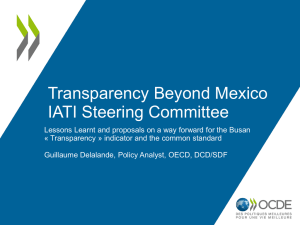



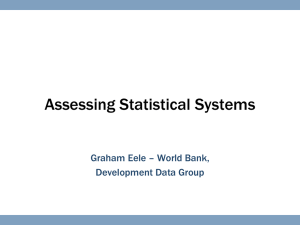

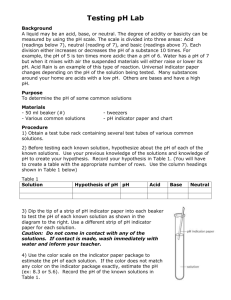

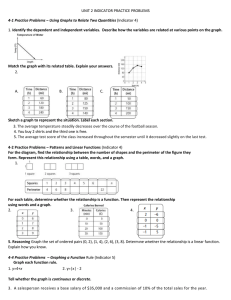


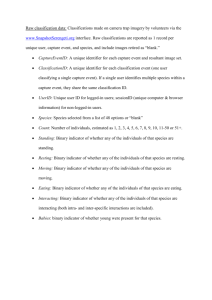

![[#MOB-1946] Delay between end of indicator and end of upload](http://s3.studylib.net/store/data/007288750_1-db4d0a25c8f40144fc91128d44fde383-300x300.png)
